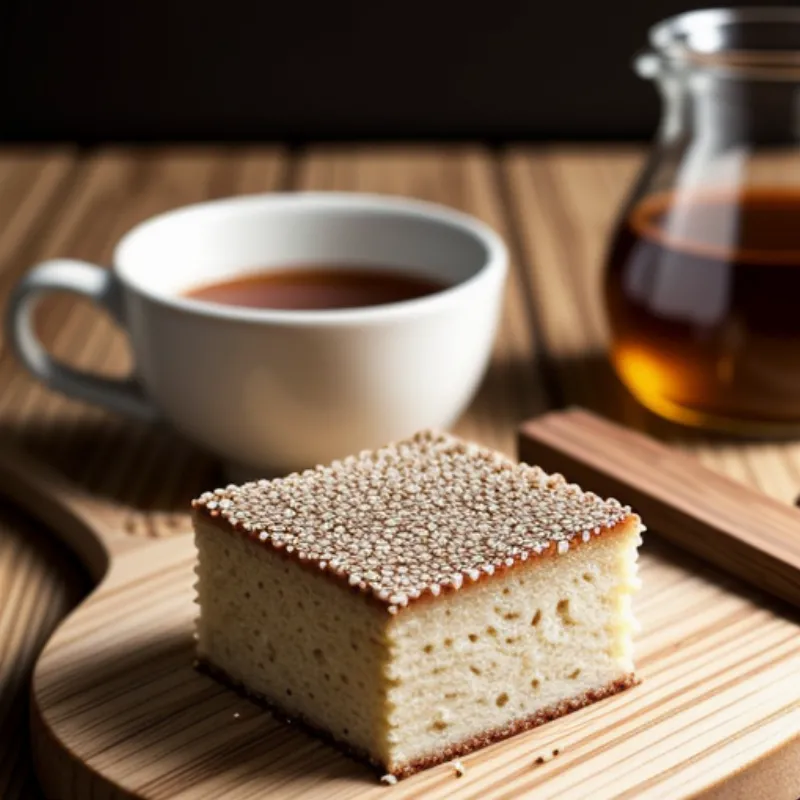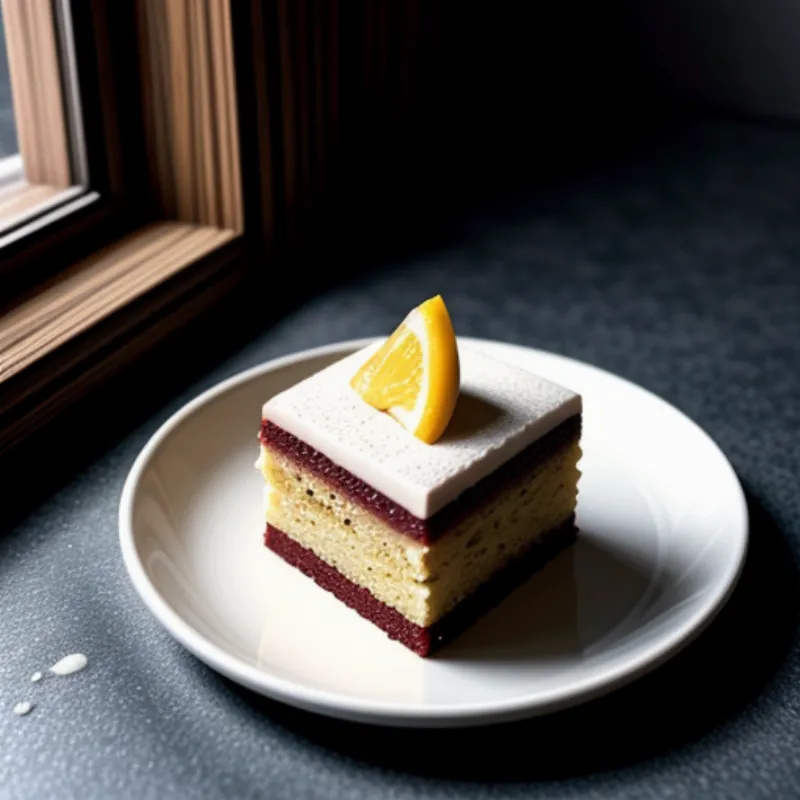Mouna cake. It’s a name that might not be familiar to everyone, but for those who know, it evokes images of golden crusts, fluffy interiors, and the intoxicating aroma of citrus and anise filling the air. This delightful treat hails from Algeria, traditionally baked to celebrate the end of Ramadan, and today, I’m thrilled to guide you through making your own batch of this festive delicacy.
A Taste of Celebration: The Story of Mouna Cake
Imagine the vibrant streets of Algeria, adorned with lights and bustling with families preparing for Eid al-Fitr, the joyous celebration marking the end of Ramadan. The aroma of freshly baked bread and pastries fills the air, a symphony of flavors that signal the start of the festivities. Among these delightful treats, the Mouna cake stands out, its golden crust a beacon of joy and celebration.
Traditionally, Mouna cake was shaped with a cross on top, symbolizing the breaking of the fast. However, today, you’ll find it in various shapes and sizes, each as delicious as the last. Its citrusy, subtly sweet flavor, infused with the warmth of anise, makes it a perfect treat to share with loved ones on special occasions or any day you want to add a touch of Algerian sunshine to your table.
Let’s Get Baking: Ingredients for Your Mouna Cake
Before we embark on this culinary journey, let’s gather our ingredients. Don’t worry, this recipe calls for pantry staples and a few special touches that will make your Mouna cake truly special.
For the Dough:
- 500g all-purpose flour (and a little extra for dusting)
- 1 teaspoon salt
- 1 tablespoon sugar
- 1 tablespoon active dry yeast
- 100ml warm milk
- 200ml warm water
- 60ml vegetable oil (plus extra for greasing)
- 1 egg
For the Zest Paste:
- Zest of 1 orange
- Zest of 1 lemon
- 2 tablespoons sugar
- 2 tablespoons orange blossom water (or milk)
For the Glaze:
- 1 egg yolk
- 1 tablespoon milk
- 1 teaspoon sugar
- 1 teaspoon anise seeds
Tools of the Trade: What You’ll Need
- A large mixing bowl
- Plastic wrap
- A rolling pin
- A baking sheet
- A pastry brush
Step-by-Step Guide: Crafting Your Own Mouna Cake
1. Waking Up the Yeast:
In a large bowl, combine the warm milk, warm water, sugar, and yeast. Give it a gentle stir and let it sit for about 10 minutes. You’ll know the yeast is activated when you see a frothy layer on top – that’s the magic happening!
2. Creating the Dough:
Add the flour and salt to the yeast mixture. Now, it’s time to get your hands in there! Knead the dough for about 8-10 minutes until it becomes smooth and elastic. If you have a stand mixer with a dough hook, feel free to use that instead. Once kneaded, form the dough into a ball, place it back in the bowl, cover it with plastic wrap, and let it rise in a warm place for about an hour, or until it doubles in size.
3. Infusing the Citrus Zest:
While the dough is rising, let’s prepare the zest paste. In a small bowl, combine the orange zest, lemon zest, sugar, and orange blossom water (or milk). Mix well and set aside.
4. Shaping and Second Rise:
Punch down the risen dough to release the air. On a lightly floured surface, roll out the dough into a large rectangle, about 1cm thick. Spread the zest paste evenly over the dough. Now, gently roll the dough into a log shape.
5. Baking to Perfection:
Preheat your oven to 180°C (350°F). Line a baking sheet with parchment paper. Carefully transfer the dough log onto the prepared baking sheet. Brush the top with the egg yolk and milk mixture. Sprinkle with anise seeds and sugar. Bake for 30-35 minutes, or until the cake is golden brown and sounds hollow when tapped.
Tips and Tricks for a Delicious Mouna Cake
- Yeast Activation: Make sure your yeast is active by testing it in warm water with a pinch of sugar. If it foams, you’re good to go!
- Kneading: Kneading is crucial for developing gluten, which gives the Mouna cake its soft and airy texture. Don’t be afraid to get your hands dirty!
- Citrus Zest: For a more intense citrus flavor, use a microplane to zest your oranges and lemons, ensuring you capture only the flavorful outer layer.
Enjoying Your Algerian Delight
Once your Mouna cake has cooled slightly, slice it up and serve. It’s delicious on its own, but you can also enjoy it with a cup of mint tea or coffee. Leftovers can be stored in an airtight container at room temperature for a couple of days.
 Golden brown mouna cake
Golden brown mouna cake
FAQs about Making Mouna Cake
Can I use instant yeast instead of active dry yeast?
Yes, you can use instant yeast, but you can skip the activation step and add it directly to the dry ingredients.
Can I omit the anise seeds?
Absolutely! While anise seeds lend a unique flavor to the Mouna cake, they are entirely optional.
My Mouna cake is browning too quickly in the oven. What should I do?
If your cake is browning too quickly, loosely tent it with aluminum foil for the remaining baking time.
 Sliced mouna cake
Sliced mouna cake
And there you have it! Now you can recreate the magic of Mouna cake in your own kitchen. Share this taste of Algerian tradition with your loved ones and savor the flavors of celebration. Don’t forget to share your baking triumphs with us in the comments below! We’d love to hear about your experience. Happy baking!
